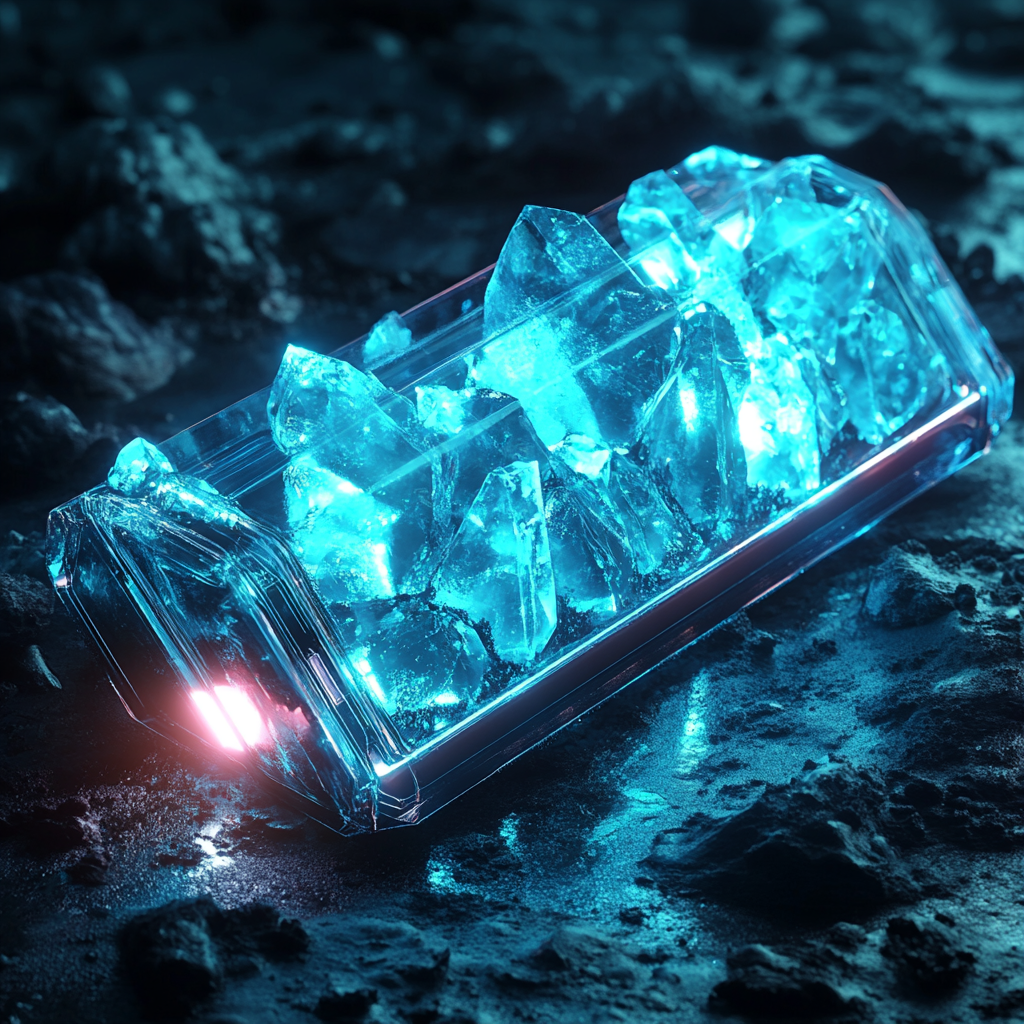
Silicate Alchemy Revolutionizes Battery Technology
In the ever-evolving landscape of technology, where every day feels like the opening scene of a futuristic sci-fi novel, researchers at Worcester Polytechnic Institute (WPI) have pulled a rabbit out of the hat—nay, a silicate! This innovation, cheekily termed "silicate magic," could very well rewrite the rules on how we think about batteries. Forget what you thought you knew about lithium-ion cells with their fancy gadgets and often dubious sustainability. This new approach not only promises to be cheaper and safer but also shines a bright light on efficiency. Now, strap in, because this is not your run-of-the-mill battery discussion.
Why We Need New Battery Technologies – A Practical Peek
The world is hurtling towards renewable energy ideals faster than a caffeinated squirrel, and it’s a sight to behold. Yet, lurking beneath this shiny surface is an inconvenient truth: current energy storage solutions are about as reliable as a cat in a dog show. Solar panels become wall ornaments at night, and the ever-elusive wind can be both your best friend and worst enemy, blowing strong one moment and fading to nothing the next. What we need are advanced batteries that can gobble up excess energy and serve it up on a platter when the power dips.
Enter lithium-ion batteries. They’re the trusty steeds that have been galloping through our tech-driven lives, from our smartphones to our eco-friendly electric vehicles. But here comes a plot twist: this reliance on scarce materials like lithium, nickel, and cobalt is raising eyebrows about sustainability and costs, akin to finding out your favorite snack is actually made of crickets. Spoiler alert: nobody wants that!
The Metal Beneath Our Feet – The Iron Dilemma
Now, let's talk about iron. Second most plentiful metal in the Earth’s crust (next to aluminum), iron seems like it should be our knight in shining armor, right? Well, it’s been swinging its sword in the wrong direction for a while. Iron’s shining moment in battery history came from those ancient alkaline batteries you might've heard about— invented by none other than Thomas Edison. But alas, the dream of a powerful iron battery fizzled out due to the hiccups of low energy efficiency and storage capacity. Picture this: the charging process creates hydrogen gas like a teenage boy in a gym shower. So instead of moving forward, these batteries puff up, stalling the whole show.
The 'Silicate Magic' – A Whiff of Innovation
Now, hold onto your hats and prepare for the magic show as we introduce our main act: silicate—a humble chemical compound combining silicon and oxygen. For all its unassuming qualities, silicate could well be the ‘anybody can be a star’ surprise of the battery world. What’s more? It’s as common as dust settling in the back of your drawer and way cheaper than that artisanal chocolate you keep splurging on!
Thanks to the brainy team led by Xiaowei Teng, including the inquisitive PhD student Sathya Jagadeesan, silicate has strutted into the spotlight, demonstrating how it can work wonders with battery electrolytes. They found that the right amount of silicate puts a stranglehold on hydrogen gas production during charging—a bit of a cape maneuver that ensures that our nascent iron batteries stay efficient and functional.
The Revelations – What We’ve Uncovered
Let’s dive into the treasure trove of findings these researchers have unearthed, shall we?
-
No More Hydrogen Headaches: With silicate interjected into the mix, charging is smoother than butter. The tech wizards discovered that it keeps hydrogen gas at bay, giving traditional iron alkaline batteries a run for their money.
-
Efficiency on a New Level: This magical silicate upgrade has the potential to supercharge the alkaline iron redox chemistries, making them the athletes of energy storage systems—ideal for microgrids and personalized solar or wind setups. Imagine your own renewable energy source acting like a trusty dog that never strays from home.
-
Iron’s Green Coat: Although it’s astonishing to think about, iron has a curious knack for sustainability as compared to its glitzy peers—nickel and cobalt. Just in the United States, over 40 million metric tons of iron and steel get recycled from scrap yearly. At this rate, we may need to start thinking about designing iron-themed recycling centers, complete with playful mascots.
A Glimpse into Tomorrow – Opportunities Galore
So, what does this mean for our future? Hang onto your hats; we’re cruising into the realm of possibilities!
-
Power Grid Support: These enhanced iron alkaline batteries might just become the bedrock of energy storage, helping to ensure our power supply remains consistent. We’ll be strutting around like peacocks, basking in the glow of stable energy networks.
-
Embracing Renewables: With this battery technology, imagine solar and wind energy whizzing seamlessly into the grid—no interruptions, just a steady stream of green energy flowing like a happy river.
-
Cost Slash, Not Trash: Using abundant iron in tandem with adaptable silicate could carve off substantial costs in the battery manufacturing department. Count on energy storage becoming as accessible as the latest viral dance challenge.
- Saving the Planet, One Battery at a Time: A decrease in dependence on scarce elements like lithium and cobalt is not just a fancy quote; it's a real chance at a more sustainable future. Picture yourself tucked into your eco-friendly blanket, dreaming of a world where battery production becomes synonymous with green vibes.
Wrapping It All Up – The Takeaway
In conclusion, “silicate magic” has arrived to grace us with a potential revolution in battery technology. As we navigate our way through the renewable energy maze, this innovative approach could transform energy storage concepts profoundly. So, keep your eyes peeled, folks; with advances like this on the horizon, the future holds exciting and sustainable promise.
Want to stay up to date with the latest news on battery technologies and other scientific breakthroughs? Subscribe to our Telegram channel: @channel_neirotoken.
For the true science aficionados eager for detailed explorations into this research, don’t forget to dive into the original manuscript published in ChemSusChem: Unlocking High Capacity and Reversible Alkaline Iron Redox Using Silicate‐Sodium Hydroxide Hybrid Electrolytes. It's a wild read—I promise!

